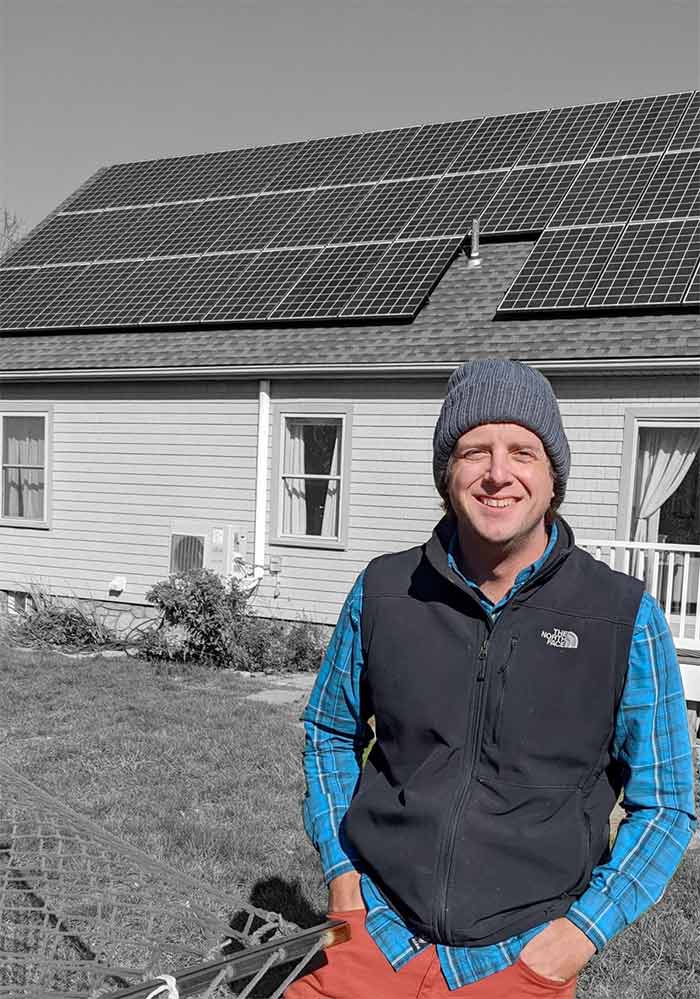
Hey team, Adam here. Welcome to our 2021 blog here at Whaling City Solar. This unique “Engineers View of the Big Picture” series of articles are a witness statement on why my wife and I put solar panels on our house and why I’ve chosen the world of solar energy for my profession. I genuinely believe you should take a look how a solar system pays for itself before writing it off as a too expensive or a trend, but I also want to show why. More so than our other articles, this series is written in my language – half Dad and I’s engineering background, and half Mom’s teaching background. Both of whom taught me to never stop sharing knowledge.
Chapter 2 – How the Power Grid Works
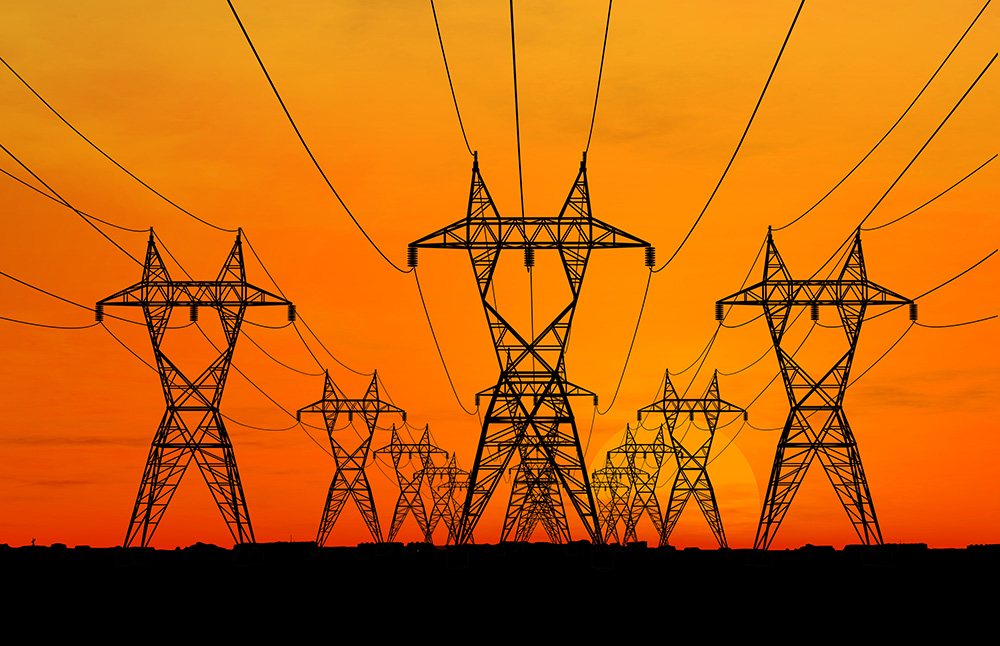
The power distribution grid a.k.a. the utility a.k.a. the electric company a.k.a. that Eversource bill. The grid is everywhere – if you live in South Coast MA like we do it is right out in the open with overhead lines lining our streets and dangling over to our homes like branches of a sleepy willow . It’s so omnipresent that you probably don’t even notice it anymore.
Whether we’re noticing it day to day or not, the utility grid is a complex system that demands attention by thousands of professionals each day. There are ~500,000 miles of high-voltage power lines and ~175,000 miles of overhead transmission lines across the US that are responsible for connecting power plants to our homes and businesses. Yet it isn’t as simple as direct wiring the plants to our buildings – not by a long shot. There are single phase lines and three phase lines, there are distribution busses and substations, there are regulator banks and step down transformers, there are…well you get the picture. All of it needing monitoring, maintenance and general TLC.
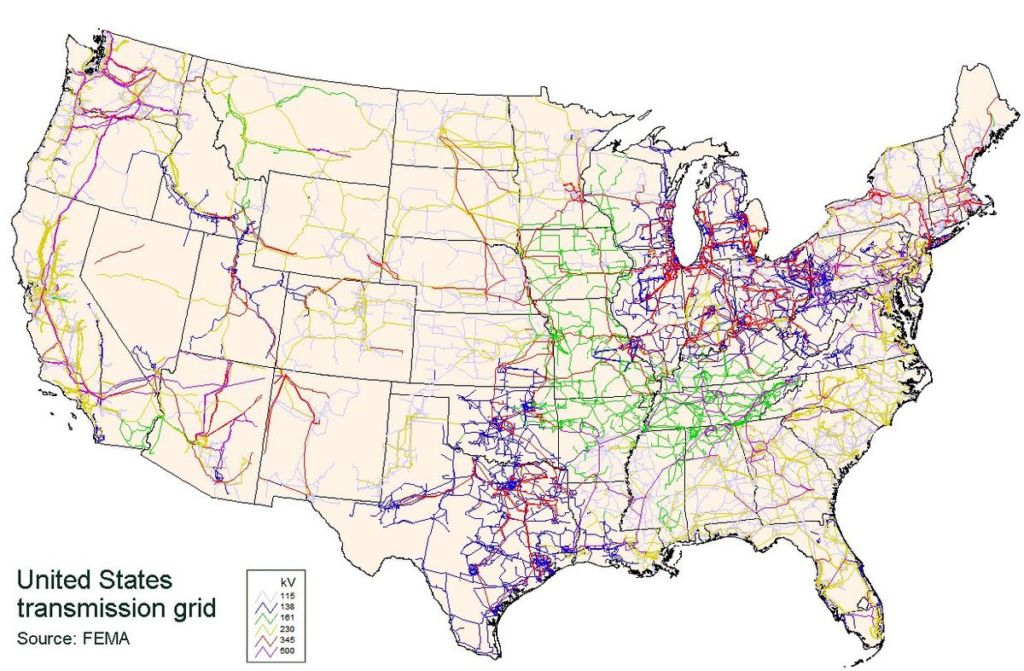
Why all the complexity? Since large amounts of energy cannot be stored (yet), electricity must be produced as it is used. Sounds easy, but our modern world asks a lot from a system that is based off of the power principles of the 1940’s. If you haven’t noticed there’s been a lot more electricity flowing around our cities since the tech boom of 80’s – and we’re amount to make another quantum leap with EVs. Our grid must respond quickly to shifting demand and reroute electricity to where it’s needed the most – without creating excess. Imagine feeding a village without being allow to silo any grain for varying demand? Our ability to adapt this power grid through the decades is in my opinion one of humanity’s most important and fascinating achievements. We’re here today to give to credit where it’s due.
Power Plants – Time to make the power
Whether it’s a coal, oil, natural gas or nuclear plant it works pretty much the same way in its core. Burn fuel to make steam out of water – then force that steam through a turbine that is coupled to a generator shaft. Inside that generator is a whole array of permanent magnets and an unbelievable amount of coiled electric wire. When it the turbine starts spinning, the generator starts spinning, and the relative motion of the magnets vs. the wires induces current, 3-phase Alternating Current (AC) to be precise.
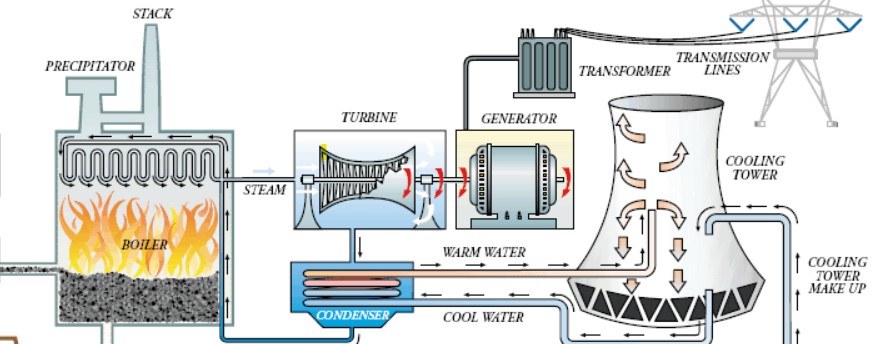
If you weren’t familiar, Thomas Edison and Nikola Tesla had a famously public fight over whether our grid should be based on Alternating Current or Direct Current. Eventually Edison won because AC has at least three advantages over Direct Current (DC) in a power distribution grid:
- Generators happen to generate 3-phase AC naturally, so conversion to DC would involve an extra step.
- Transformers work excellently on AC, and a cost effective grid depends on transformers.
- It is easy to convert AC to DC but expensive to convert DC to AC, so if you were going to pick one or the other AC would be the better choice.
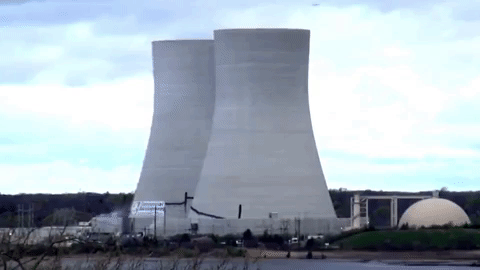
In the last few years we’ve had some pretty public power plant closings in our area – the Brayton Point coal plant (that’s it above coming down last year) and the Pilgrim nuclear plant in Plymouth. Was that where all our power was coming from? Where does it come from now? Those plants were actually just contributors to a large network of plants across all of New England. Those power plants work together pool all the power generated and sell it to Eversource (or National Grid, Unitil, etc) through a regional electricity market known as ISO-NE. This market price mechanism is something you may be familiar with already – the Supply section of your electric bill.

Transmission and Distribution – The Long Road from the Power Plant to our Door

So our power may be coming from far away, how far? Turns out farther from South Coast MA than you probably realize. Overall, about twice as much electricity is consumed in Massachusetts than is generated in the state. The rest is imported from other states, and even as far as Canada. Good thing it can travel pretty fast – traveling at 90% of the speed of light it takes less than 0.001 seconds to get from Montreal to New Bedford.
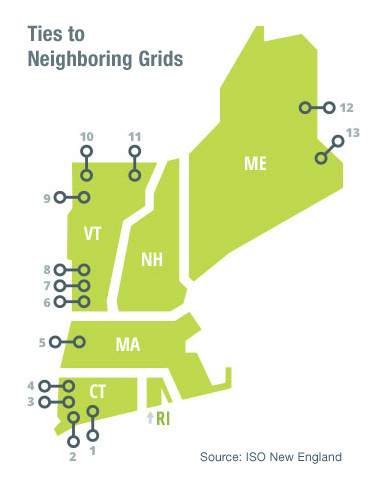
There’s a catch to this massive ISO-NE network though. Enough current can’t travel that far and that fast over 120/240 Volt (V) household power lines or even 277/480V business lines without melting the wire itself. To move the megawatts we need to move – the Clark Kent 3-phase AC power being made in the power plant must jump into the phone booth and come out as Superman 3-phase able to fly full speed on 155,000V lines. You can tell the difference looking at these lines – they’re the big ones that follow the highways or down huge swaths of cleared woods.
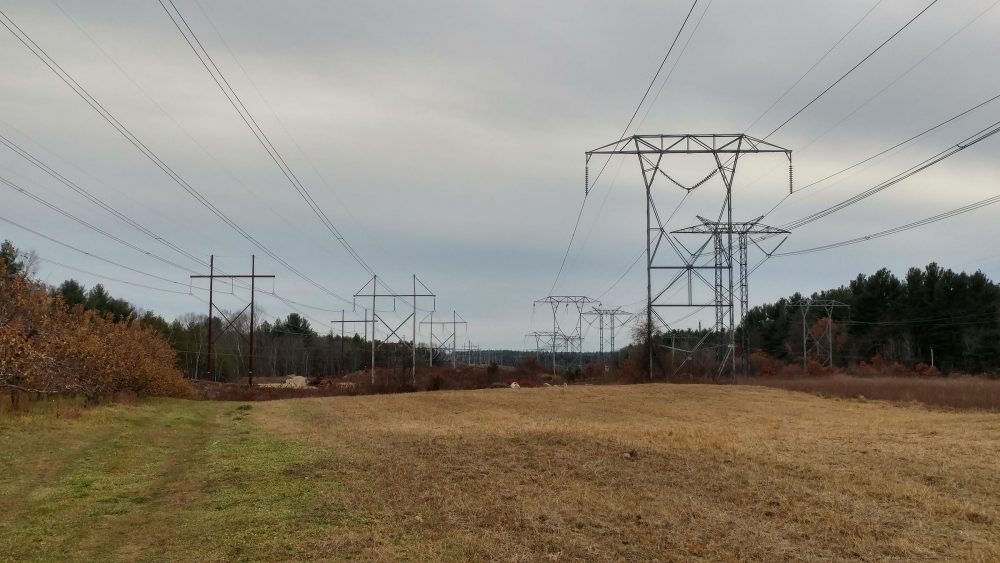
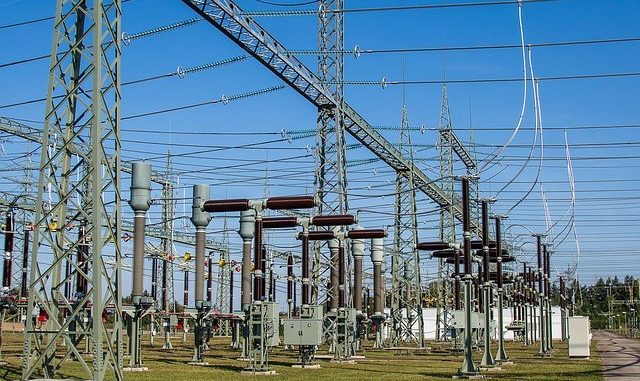
The phone booths of our grid are called Step-Up and Step-Down Transformers and they exist in both substations and outside our residences. When Superman gets to where he’s going, he starts to slow down and look around where to land. For our power this occurs in a substation full of transformers that step down the voltage to a “mere” 10,000V that can still move fast around town up high above the streets on what we think of standard power lines.
Only after he reaches our address does he tuck into the final phone booth to re-emerges as humble Clark again, ready help our coffee maker start in the morning. These small scale step down transformers are the cans you see up on down your street, or the big green boxes in the parking lot outside your office.
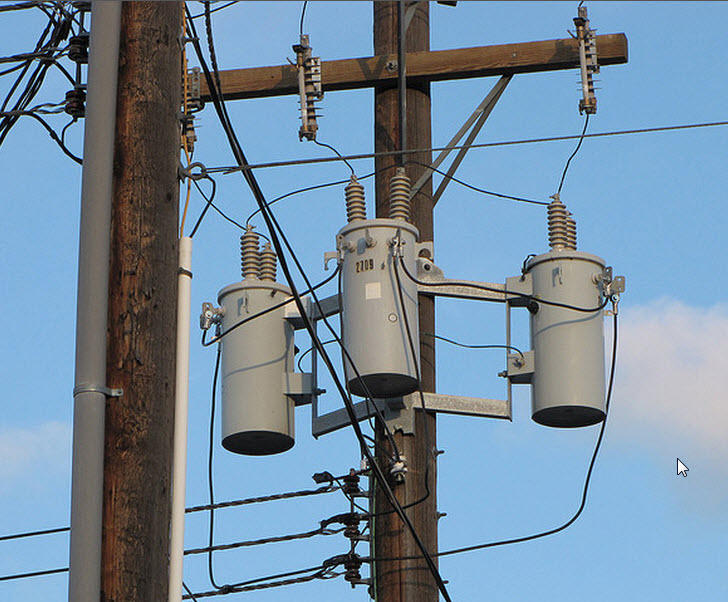
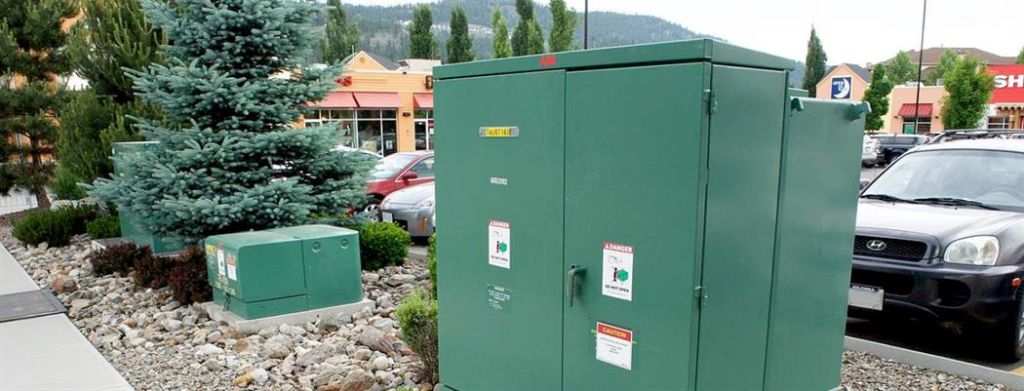
That’s a lot of hardware – and that network is probably complex? You have no idea (zoom in!). It’s all owned by the utility and effectively rented to you on your bill like some of us pay Comcast to use their remote control in our own house. This is the what the Delivery section of your electric bill represents, the cost to get the raw Supply power over the network and to your door.
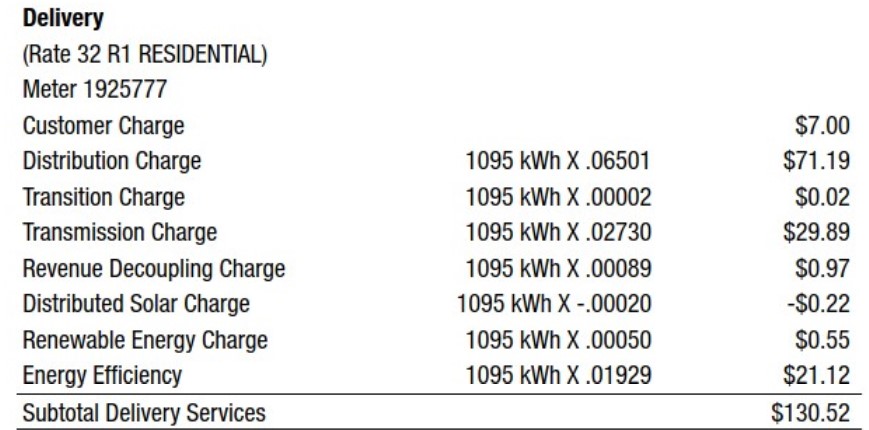
Ok Adam, that looks like the end of Chapter 2….still no solar? I’m starting to have doubts.
In Chapter 1 we talked about what a kilowatt-hour (kWh) was and how it gets used in our daily lives. What we’re looking to establish here in Chapter 2 is that those kWh’s have a fairly extensive origination story that starts in a land far away and entails hundreds of miles of travel before it reaches your door. We’re going through these details because 1) we think they’re amazingly interesting and 2) we want to lay the ground work for Chapter 3 about a concept call the Levelized Cost of Energy or LCOE. Once we understand LCOE, it will help us explore the monetary ramifications of everyone using this amazing grid as our sole source of power.
As powerful as our grid is, I consider that for a very long time the transportation industry was based off of an established infrastructure of horses and some form of carriage or stagecoach. It employed a lot of people – we’re talking horse farms, stables, wheel makers, interior decorators, huge parking spots, everything based around one form of transport. Even after the gasoline powered vehicle was invented it took decades for widescale adoption of the better technology. History shows that however long it takes for economic pressures to topple a legacy system, the march of progress remains inevitable. Those who can see the underlying principles ahead of time have the advantage of beating the masses to the punch…

